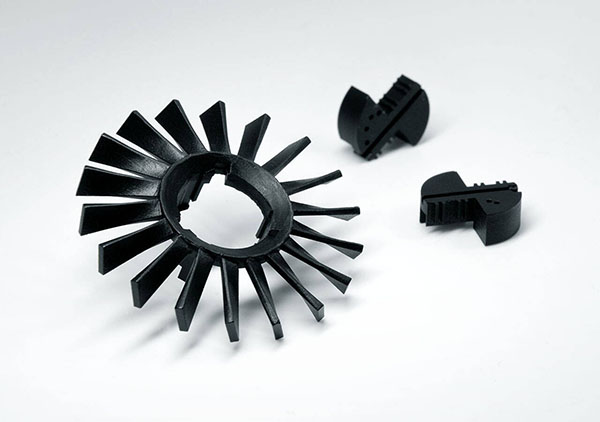Rapid tooling refers to the process of creating a mold, prototype, or a part in a short period. It’s a broad definition, meaning that rapid tooling works differently for different products. While conventional tooling processes takes months or weeks to complete, rapid tooling takes a few hours or days to complete. Additionally, rapid tooling is done in fewer steps than other conventional tooling processes.
If you’re planning to get your new products to the market, you may have heard or come across rapid tooling as a good way to test and prototype your products. However, before hiring a manufacturer specializing in rapid tooling, it’s crucial to find out how the process can be advantageous to your business.

rapid tooling parts*
rapid tooling parts is from proform.ch
Why You Should Choose Rapid Tooling
There are several indirect and direct rapid tooling benefits for entrepreneurs and businesses; this is one reason why rapid tooling is so compelling. The following are some of the most notable benefits of using rapid tooling:
- Quicker Marketing Time
The quicker you complete the molding process and prototyping, the sooner you finalize your products and put them in the market. You don’t need to wait for days or months for woodworkers to shape physical prototypes or spend extra time recreating computerized models from rough physical prototypes.
Creating computerized models of the molds or designs quickly and allowing automatic machines to handle the rest is the easiest way to test your product’s design and suitability and go to the final manufacturing stage.
- Cost Effectiveness
Generally, it costs less to hire contract manufacturers to offer rapid tooling services than hiring engineers to shape molds and prototypes manually. Additionally, rapid tooling processes help you to save money eventually. The longer time you take in the molding stage or prototyping, the higher your development costs will reflect. Avoiding some extra days in the prototyping procedure saves you money in the long run.
- Greater Design Testing
The rapid tooling process enables you to create several molds or prototypes in a short period. It allows you make adjustments and put new ideas to test. Since prototypes take weeks or months to complete, it could make it hard to make design changes to your products even if it could greatly improve your final products. Sinking significant energy and costs into a single prototype doesn’t give room for innovation. Alternatively, if you can create prototypes in some hours, you get the chance to experiment more and land on designs that you’re confident in and those that your clients will value.
- Material Types
One of the most notable rapid tooling benefits is that more entrepreneurs are using injection molded parts. Rapid tooling can be used to create custom molds quickly with almost any dimensions.
You can produce many parts from one mold when using rapid tooling; this is an important aspect in testing the type of materials and the properties that work best for your products. If you aren’t sure about the materials that will work best for you, you can use the molds to produce several prototypes from different materials and carry out quality control testing on them.
